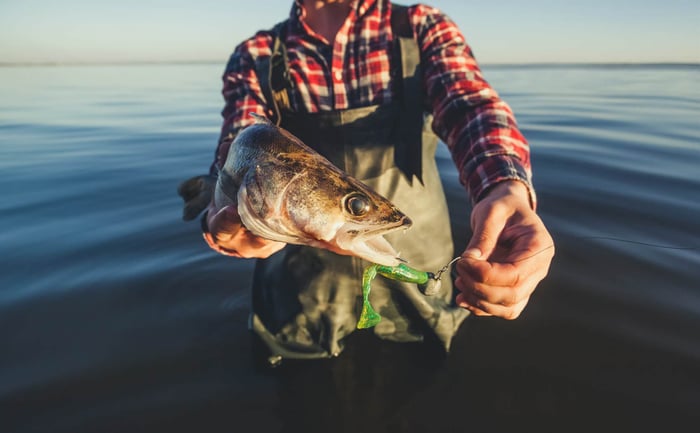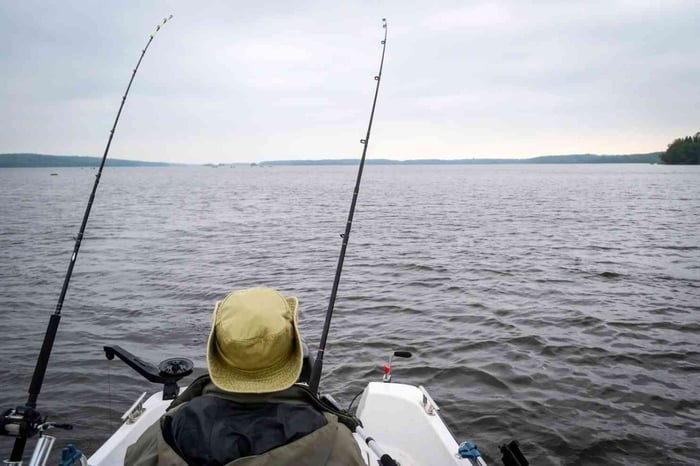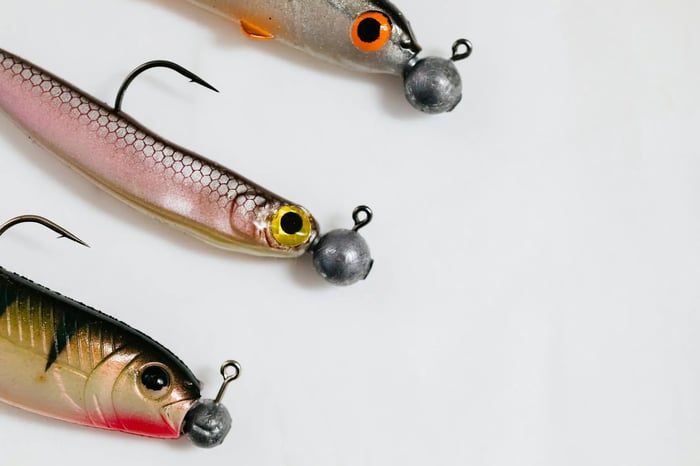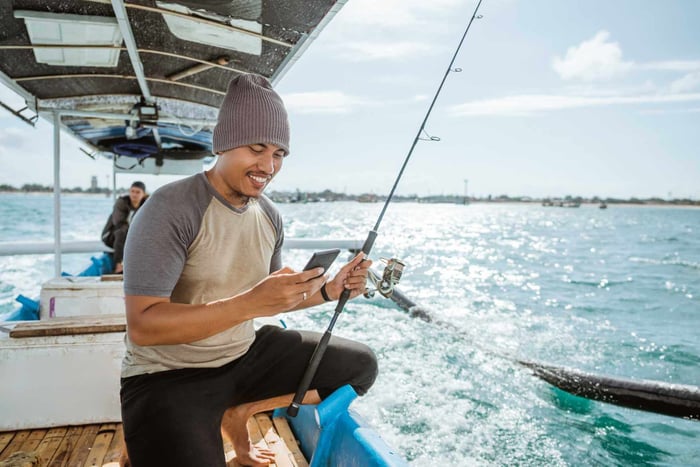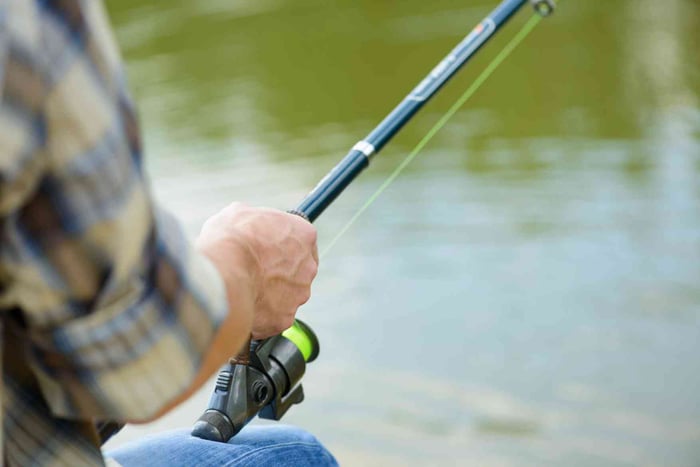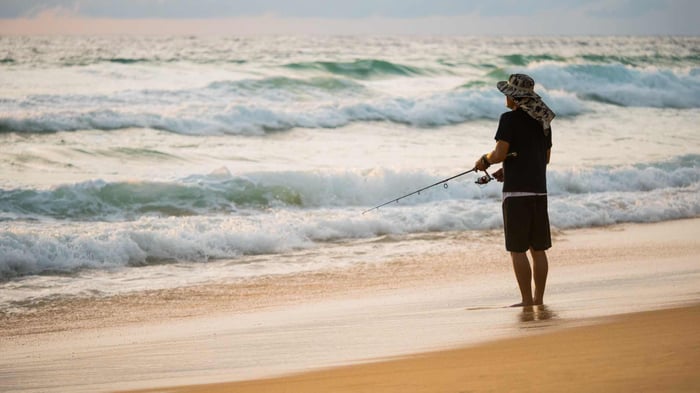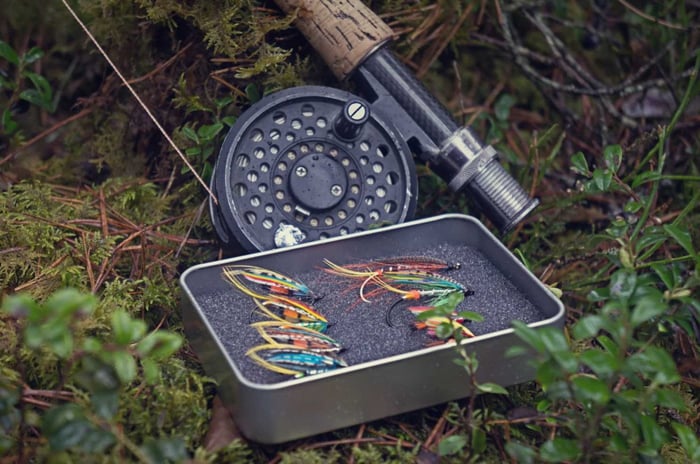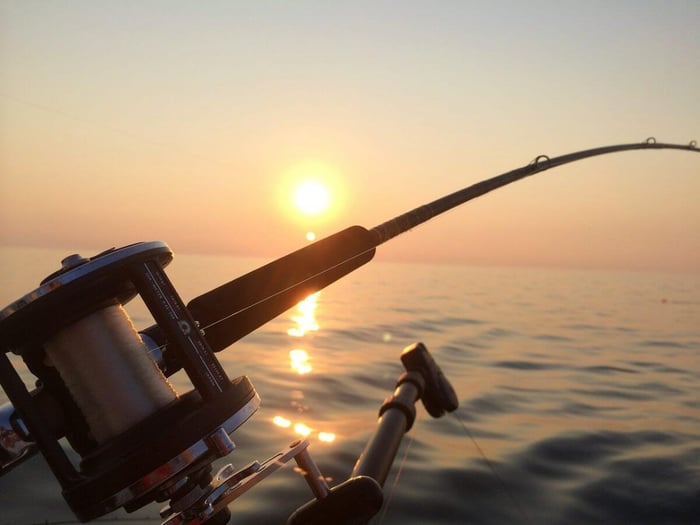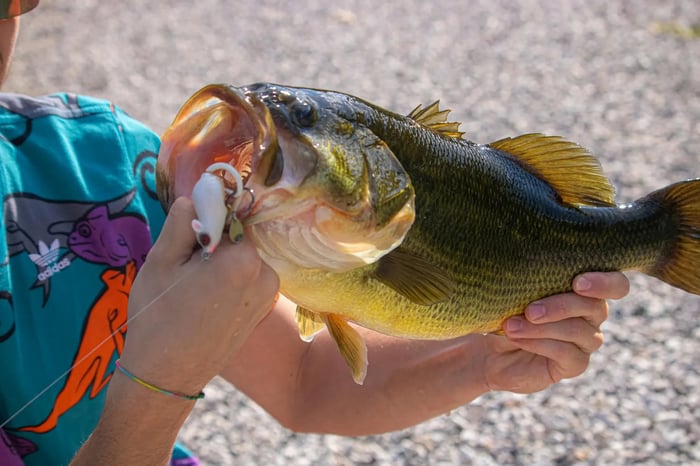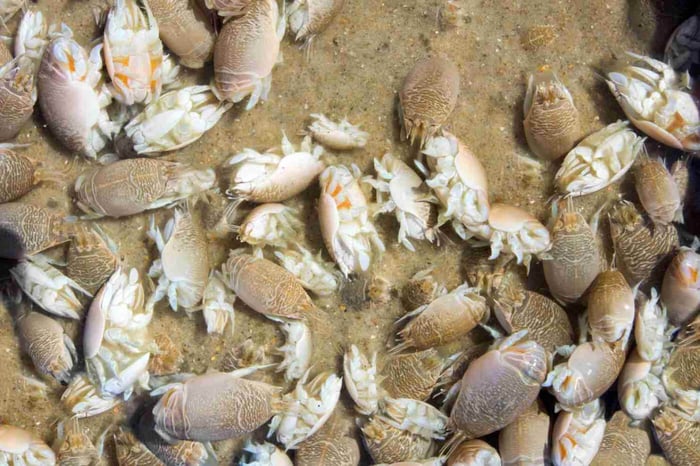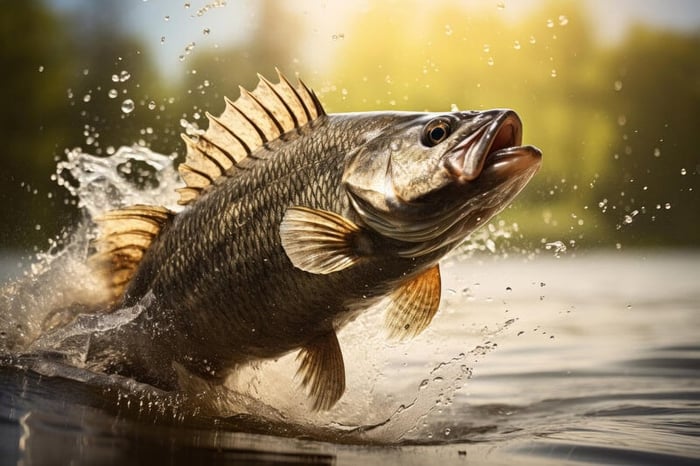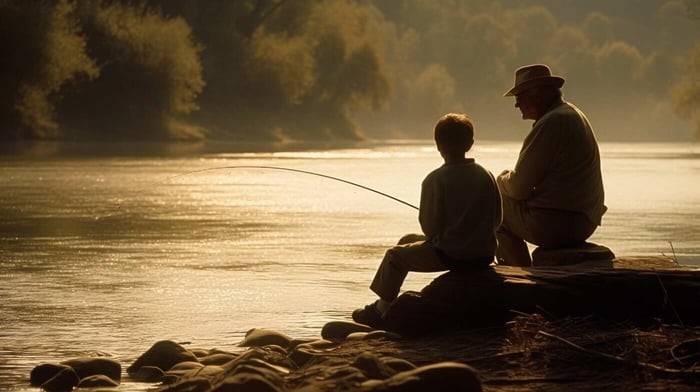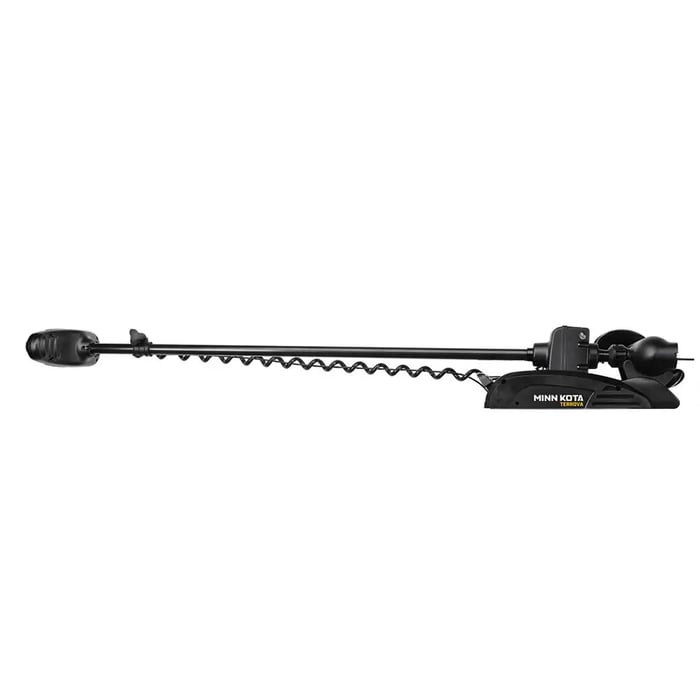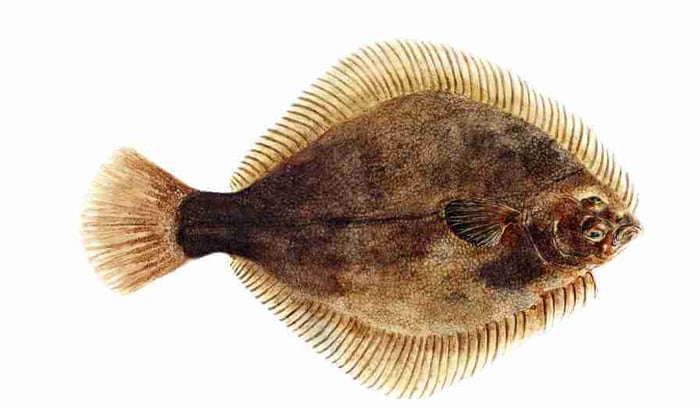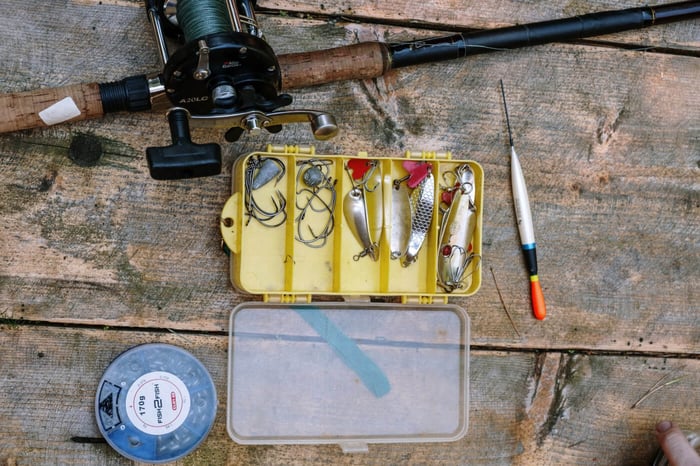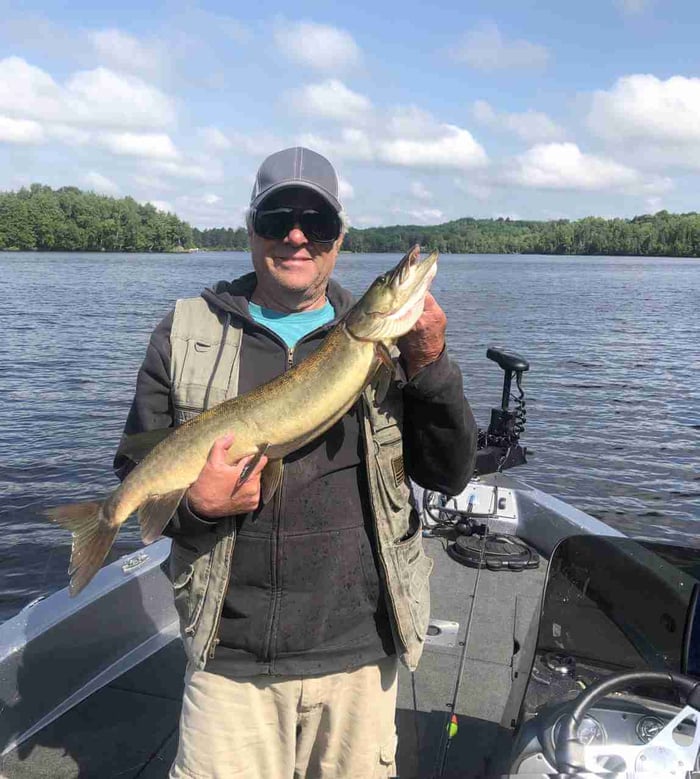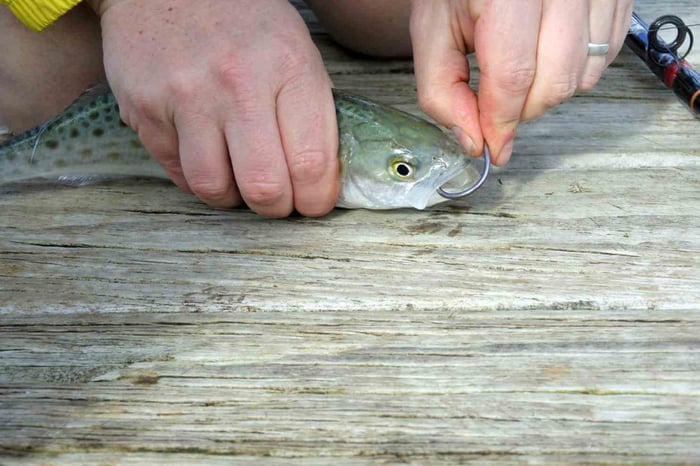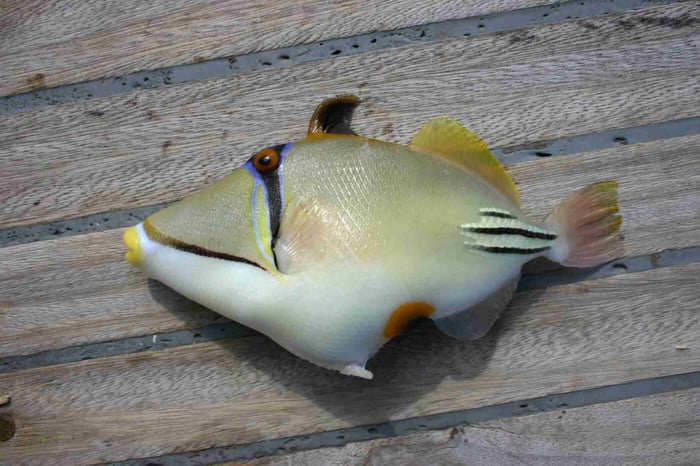Fishing Rigs: Bait Floating in Different Water Conditions
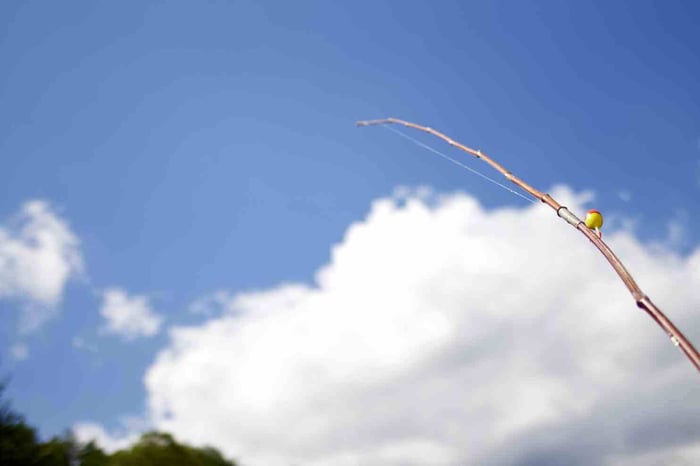
Float fishing remains a classic, uncomplicated method for professionals and newbies alike.
The idea is relatively straightforward: a float, or bobber, allows your bait to stay at the correct depth while giving you a visual indication of a bite.
It's a tranquil, laid-back way to fish, enabling you to enjoy the more sedate aspects of angling while still being in tune with the excitement of the catch.
In this article, we will try to explain the essentials of setting up a float rig so that it is relatively easy for newcomers to get into this type of fishing.
First, we will start with the essential equipment, from picking the right float and hooks to choosing the proper fishing line.
Next, we will walk you through assembling your rig step by step, ensuring that all the components are correctly positioned for optimal performance.
We will also share some practical tips on adjusting your float rig in various fishing conditions and species.
This article provides a good overview of float fishing techniques, which will make you confident and ready for your next fishing adventure.
Whether you are trying to land a big one or enjoy a day on the water, knowing how to set up and use a float rig will increase your enjoyment of fishing and success.
So, let's get into it and prepare you for a successful day of float fishing!
Understanding Float Fishing: In A Nutshell
Float fishing presents bait at a precise depth in the water and uses a buoyant float or bobber.
The float sits atop the water and signals when fish nibbles on your bait. When a fish strikes, that float moves or goes under, and that's the sign to reel in your catch.
Float fishing is great for beginners. The gear and setup are essential and easy to understand. If you are beginning this sport, this would be one of the best options.
It will give you a good presentation and help you spot when a fish develops an interest. It can also be highly adaptable to different waters, including ponds and rivers.
It will probably remove some guesswork from fishing since you will not have to mess around with depth adjustments or worry about your bait sinking too fast.
You can sit back, relax, and enjoy the fishing process, knowing that your float will let you know when it's time to act.
This is one simple yet effective way to start catching fish and building your confidence on the water.
Fishing Gears To Bring With You: The List
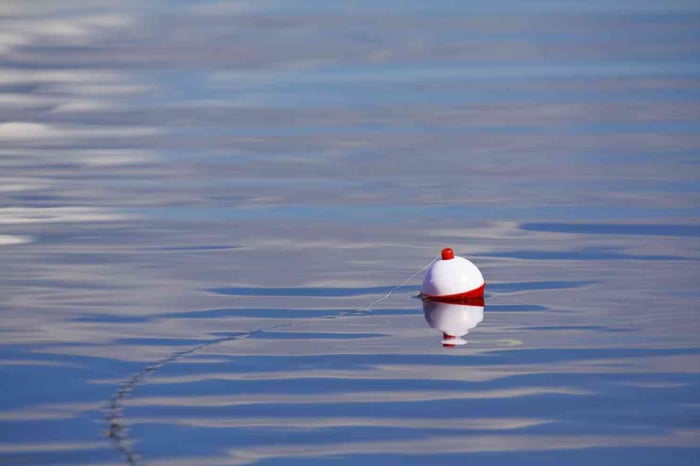
Rod and Reel
First, choosing the rod and reel for float fishing involves a light to medium-action rod of 9 to 11 feet. This allows for easy manipulation of float rigs while providing flexibility for drift fishing.
A similarly sized and weighted spinning reel should be smooth and reliable for casting and retrieving.
Get a reel with an adequate drag system and line capacity compatible with your fishing line, whether monofilament or fluorocarbon.
This will help manage lighter floats to heavier weights, allowing fantastic control and more assured accuracy when targeting bass species.
Remember, the better the rod and reel combo, the more frequent bites and larger catches you will have.
Float
Floats are the different types of bobbers used in fishing and are suited for other conditions.
Using a slip float rig with a bobber or stick float for deeper waters or bottom fishing could improve it to experience better depth control.
Conversely, Wagglers work great for longer casts and handling currents- a great alternative to drift fishing.
A smaller float might be used for lighter baits in shallower waters, while more giant floats are used in heavier weights and greater depth.
A proper float will balance the rig correctly, making it easier for you to see the bites and better control your bait in this manner.
Always use a float that correctly corresponds to your fishing line and the prevailing conditions while presenting your bait for better catch rates.
Line
Success in float fishing is much influenced by the type of fishing line used. Monofilament is versatile and easy to handle, making it a good option for many float rigs.
Use a monofilament leader or fluorocarbon in more transparent waters and demanding conditions for less visibility and improved abrasion resistance.
When choosing line strength, match it to the target species; for instance, lines with a breaking strain of 4-8 lbs are perfect for bass and other medium fish.
Make sure the diameter of your fishing line is compatible with your float and weights so they balance correctly, giving you the best chance of catching more fish.
Hooks
Choosing the right hook is one of the most imperative aspects when trying float fishing. Hooks come in various sizes, and the correct bait hook size for the type of fish being targeted depends on the type of fish being targeted.
The 10-14 sizes are a good fit for smaller fish. For larger fish, like bass, larger hooks, such as those in sizes 6-8, will do the job.
Many anglers prefer barbless hooks because they are easy to remove and ensure the fish suffers less internal injury.
Make sure that the size of your hook is compatible with bait and decent for your fishing line class.
A well-chosen hook will enhance your hook-up rate, resulting in more bites and a more rewarding float fishing experience.
Weights and Shot
Weights and shots are essential components of a float rig setup. Split shots can be handy for adding weight to your line and are easily adjustable for balancing your float.
These adjust the correct water depth and keep your float upright. A heavier weight may be used in deep water or with a strong current, but lighter weights can be used in shallower waters.
Your balanced float rig shall be evenly weighted for the required amount to achieve the right drift and give you a better chance of catching fish.
Varying your weights according to the behavior of your float and the water conditions will turn you into a more effective float fisherman because you can detect bites from fish much more quickly.
Setting Up the Float Rigs: Step-by-Step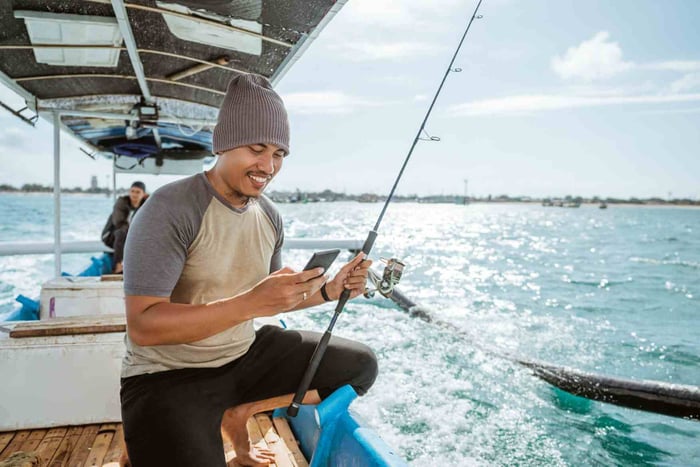
Step One: Attaching the Float
Attaching the float to your line: Thread the line through the float's top and bottom eyes. Slip the float onto the line and secure it above and below it with a bobber stop to hold it in place and prevent it from slipping.
On fixed floats, thread the line through the eyes of the float and then secure it by tying the line around the float with the provided clips or bands.
Ensure the float is set correctly on the line so it will not tip over.
This way, you can quickly monitor your bait and detect bites. Vary the float according to the depth and nature of the water you are fishing in.
Step Two: Adding Weights and Shot
When adding the weights and shot to your float rig, pinch the split shot onto your line first. You want them below your float so it can stay right-side-up and balanced correctly.
Take several shots at a time, then add more profoundly into the water. Spread these out on your line for even balance and to avoid line tangles.
Heavier weights are needed for deeper waters, while lighter ones will do for shallower areas. Judge the amount of weight by the float's reaction—it should float steadily without lying over.
Correctly placing the weight ensures that the bait remains at the desired depth and increases the chance of catching fish.
Step Three: Tying the Hook
To connect the hook to your line, tie a good knot. The best of them, in this respect, is the Improved Clinch Knot.
First, draw the line through the hook's eye and then wrap the tag end around the standing line 5-6 times.
Thread the tag end back through the loop near the hook's eye, then wet the knot and pull it tight. Cut off any excess line.
This is a strong and secure knot, necessary to maintain the position of your bait hook and prevent it from coming loose.
Ensure the knot is tight and the hook is firmly attached to handle any fish that bites.
Step Four: Adjusting the Float Depth
Setting a float to the proper depth is very important and is one of the primary ways of fishing. Calculate the depth of the water you are going to fish in.
Then, adjust the float so your bait is off the bottom or at the depth where you think the fish are feeding.
In intense water, setting the float higher up the line may be necessary to keep your bait at the correct depth. For shallower places, set the float closer to the hook.
When setting the depth, cast your rig and ensure the float is upright. Adjust this depth according to the water conditions and species of the targeted fish for better catch rates and landed fish.
Bait Hook: Choose and Present Bait
Choosing Bait
You have two primary ways to bait your hook: (1) live bait, which includes worms, minnows, and grubs—all the great stuff that fish love to eat because they mimic the natural food fish eat, and (2) artificial bait.
This kind of baiting works exceptionally well with bass and trout. Soft plastics, spinners, and flies can be fantastic alternatives.
This is mainly the case when fishing in areas where live bait may be in short supply or even against the law.
Each type of bait offers its advantages: live bait is generally much more tempting and can be used in a wide range of conditions. In contrast, artificial bait allows the angler much more control and variation in presentation.
Select based on what is available and what is likely to work best for the target fish.
Bait Presentation
Presentation of your bait means everything when trying to entice fish.
When using live bait, hook it through the lip or tail so that it can move naturally in the water; the movement will attract the attention of any nearby fish.
The artificial bait should be rendered to imitate the prey's actions and appearance.
A spinner, for example, must be cast and retrieved in a smooth flow and steady rhythmical movement to produce some flashing effect that catches the fish's attention.
In addition, change your retrieving speed and technique based on the fish species and water conditions.
The proper presentation makes your bait more attractive and increases the number of bites and fish caught.
Float Fishing: Techniques for Other Anglers
For optimum results, float fishing requires finesse in the cast. Start with a smooth, overhead cast to avoid tangling your line.
If you use a slip float rig, ensure the float is positioned correctly on your line and the bobber stop is appropriately set.
When casting, set your float and bait where you think the fish are feeding. A gentle, controlled release will help avoid undue splashing of the float that may spook the fish.
A well-placed cast can make much difference, and try casting your bait as quietly and accurately as possible.
Vary your casting distance depending on the water's depth and the fish's activity.
With some practice, you can get a feel for how to cast effectively, which may improve your chances of a successful catch.
MOREOVER, success with float fishing is a question of understanding what your float is telling you.
Be prepared for subtle movements. The float darts under the surface or fizzes around when a fish bites.
A slowly drifting or static float often indicates that the bait is out of the depth zone or that the fish aren't interested.
If you're not getting bites, try changing your float depth or try bait. An up-and-down bobbing float can indicate nibbling fish that aren't committing.
In these cases, be prepared to set the hook quickly. Act as soon as you can.
Reading your float accurately helps you assess the fish's activity and make necessary adjustments to increase your chance of a successful catch.
While you're at it, avoid using too heavy or too light a weight, as this can cause your float to sink or drift poorly. Ensure the float rig is balanced with the right weight to keep it upright and steady.
The other mistake could be an improper float depth adjustment. You may miss fish feeding at that depth if your bait is too high or too low.
Check the depth of your float and adjust it according to the water condition. Do not overload your hook with too much bait, as this may also affect the naturalness of the float's movement.
Finally, casts that are too hard or aggressive tend to spook fish, so the aim should be a soft, controlled cast. By avoiding these pitfalls, the angler can enjoy a more effective and fulfilling float fishing session.
Mastering Float Rig Setup for Various Water Conditions
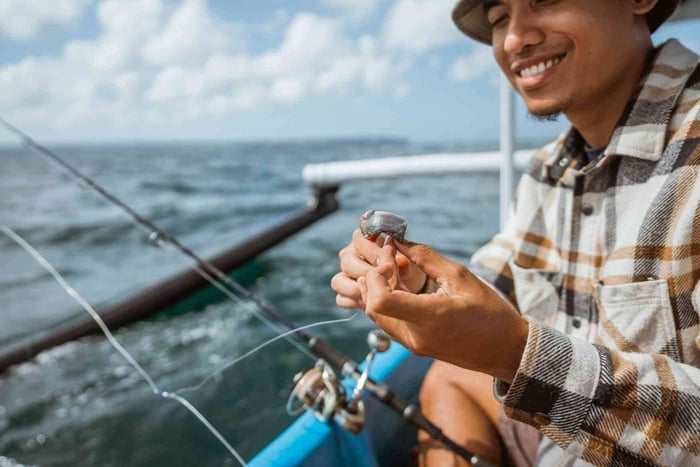
In Shallow Water
Smaller floats are used in shallow water to avoid spooking the fish and to let the bait drift naturally.
Less weight keeps the bait near the surface, where the fish feed most actively.
Small floats present your bait accurately, and you will have less risk of scaring off the fish.
In the shallow water column, you will want your rigs adjusted accordingly, so ensure your bait is at the correct depth.
It's all about finding a good balance in the setup so that the float rides upright and visible, yet without overbalancing the drift of your bait.
In Deep Water
Use more enormous floats on deeper waters that can hold weights better and remain visible for a very long distance.
You will require heavier weights to take your bait at the proper depth to keep the float upright.
Giant floats will stabilize your rig and prevent the float from being pulled under by the weight.
To do this, ensure that the slip float or other type is adjusted to hold your bait in the target zone.
This setup is crucial for catching larger fish feeding more profoundly in the water column.
In Moving Water
For water in motion, take floats constructed for currents: stick floats and waggler floats.
Adapt your weights to offset the current and maintain your bait stable, spreading weights out equally along the line for balance.
This will provide your bait to hold within the strike zone and naturally drift with the current.
If the current is flowing at full speed, heavier weights and an increased float may be needed.
Balancing your float and weights, though, will help you detect bites and present your bait correctly.
Conclusion: Float Fishing In Sum
Float fishing is rewarding and pleasant once you get a hold of it.
Now, putting all these together, the logic in choosing the proper float rig is comprehending the basics of float fishing, selecting the appropriate equipment for float fishing, and fine-tuning your setup based on the conditions.
Small floats are best applied in shallow water, whereas more giant floats and heavier weights are necessary for deeper spots.
Rigging up to move the water requires special floats and weight configurations to withstand the current's pull.
Lighter weights may suffice in still water, but you will need several different types of floats to suspend your bait in front of the fish at a depth that you determine.
To conclude, practice is one of the most critical keys to float fishing.
Take some time simply playing around with different float presentations, weights, and baits to see what works best on different days under various conditions.
Slip float rigs for deeper water; stick floats for rivers.
Don't be afraid to adjust your setup to different conditions that may change daily or even depending on the type of fish you're after. Sooner or later, you'll learn to float fishing like a pro.


